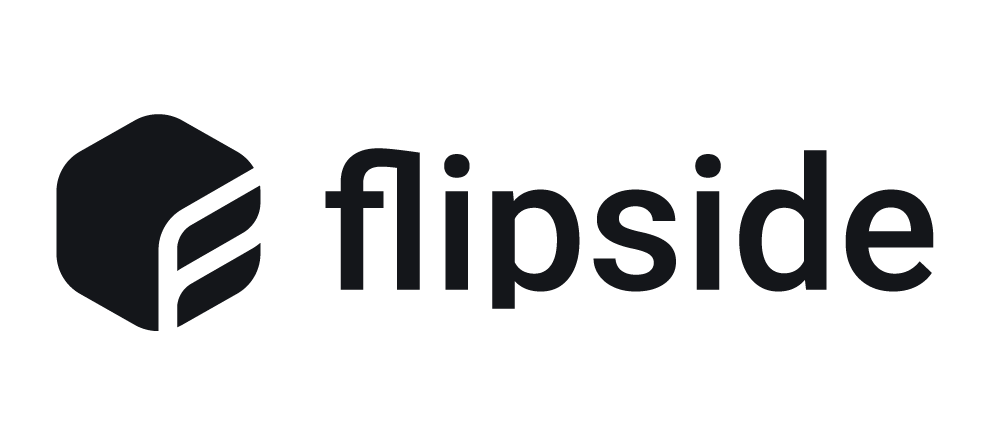
Ecosystem Metadata API
The Graph is a decentralized indexing protocol that organizes blockchain data and makes it accessible via GraphQL queries.
Overview
The Graph is a decentralized indexing protocol designed to organize blockchain data and make it easily accessible through GraphQL queries. It enables developers to build fast, reliable, and scalable decentralized applications (dapps) without the need to run their own data servers or build complex indexing infrastructure. By indexing blockchain data into open APIs called subgraphs, The Graph allows applications to query data efficiently and with low latency.
The protocol operates through a decentralized network of participants including Indexers, Curators, Delegators, and Subgraph Developers. Indexers run nodes that index data and serve queries, Curators signal which subgraphs are valuable, Delegators support Indexers by staking tokens, and Developers create subgraphs to organize smart contract data. This distributed model ensures high availability, resilience, and censorship resistance with 99.99%+ uptime.
The Graph supports a wide range of blockchain networks and hosts over 75,000 projects with more than 1.27 trillion queries served. It is widely used in DeFi, NFTs, DAOs, analytics, and gaming applications. Developers can start by creating or using existing subgraphs, query data with GraphQL, and integrate results into their frontends. The Graph also offers advanced features like Substreams for streaming data and a Token API for token balances and prices. Comprehensive documentation, a rich ecosystem of community subgraphs, and active developer support make onboarding straightforward.
The Problem
Accessing and organizing blockchain data is complex and resource-intensive. Developers face challenges running their own indexing infrastructure, parsing raw blockchain data, and ensuring reliable, low-latency data access for decentralized applications.
The Solution
Key Features
Ecosystem Metadata API Alternatives
Explore web3 competitors and apps like Ecosystem Metadata API.

Orbiter Finance
Pricing
Free | Custom | |
|---|---|---|
| Price (Monthly) | Free | Custom pricing |
| Price (Annual) | Free | Custom pricing |
| Messaging | N/A | N/A |
| Support | Community support via Discord and GitHub | Dedicated support and SLAs |
| Analytics |
Start Building Now
Reliable RPC, powerful APIs, and zero hassle.
Resources
The Graph provides extensive resources including official documentation, tutorials, blog posts, videos, and a community forum to support developers and ecosystem participants.






